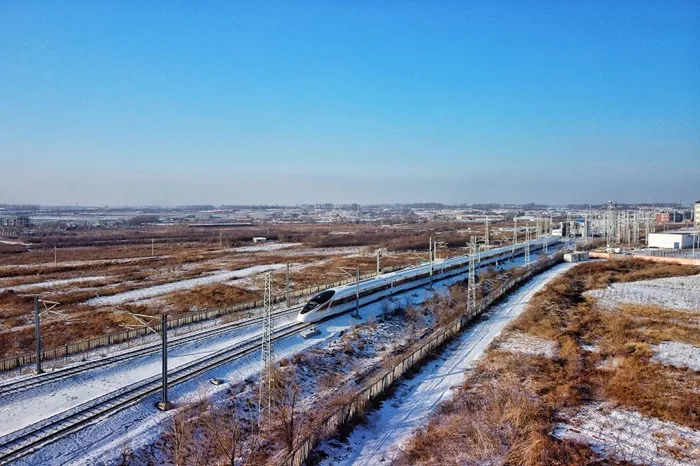China’s high-speed rail (HSR) network is transforming travel on the busy Beijing-Shanghai route. Official data show that more passengers now prefer trains over planes. Travelers value the speed, comfort, and convenience of the modern rail service. This shift is changing China’s transportation landscape and putting pressure on airlines.
In 2024, more than 52 million people traveled by train between Beijing and Shanghai. In contrast, about 8.6 million flew this route. This shows the clear dominance of high-speed rail on this corridor. The rail network offers over 100 daily trains, many reaching speeds of up to 217 miles per hour (350 kilometers per hour), providing unmatched convenience.
One key advantage is that trains connect city centers directly, avoiding long airport check-ins and transfers. Business travelers especially appreciate the punctual departures, spacious seats, onboard Wi-Fi, and power outlets. These features help passengers stay productive and comfortable.
The Beijing-Shanghai high-speed rail line is also a major financial success. In 2024, it generated nearly $5.9 billion in revenue. Net profits grew over 10% to $1.79 billion. This highlights the efficiency and strong investment behind China’s rail system.
The route’s strong earnings allow for ongoing upgrades in technology and services, improving passenger experience and reliability. The success of this corridor serves as a model for high-speed rail projects both in China and worldwide.

